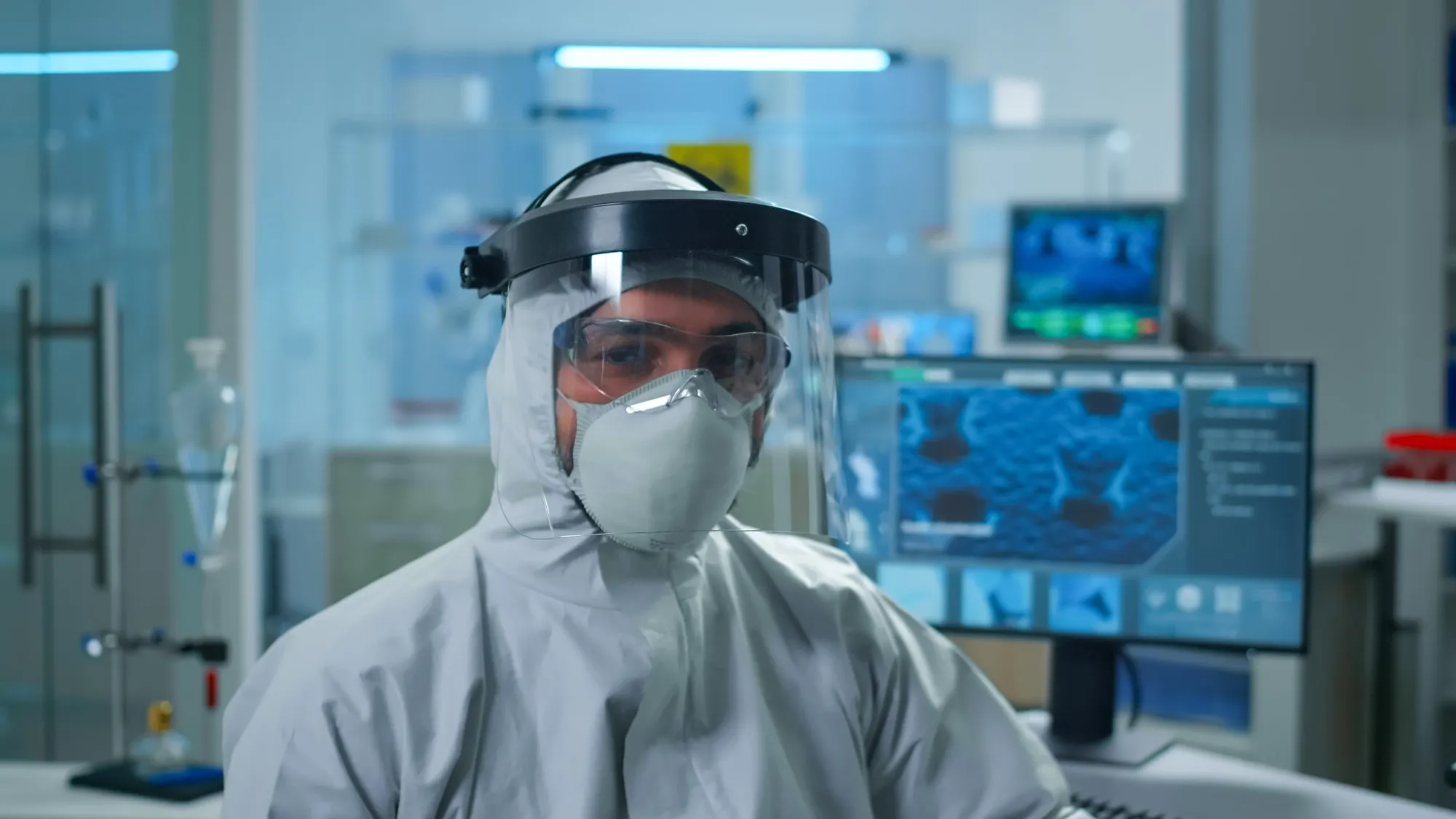Introduction
In the medical community, central venous catheters (CVCs) are widely acknowledged as indispensable tools for the administration of treatments, medication, and nutrition, as well as for monitoring patients. However, the deployment of these devices is not without risk. A rare but serious complication made headlines when a report described the case of a dislodged tip from a damaged central venous catheter following a radiofrequency Cox-Maze IV procedure. The case was published in the August 2019 issue of the Journal of Cardiothoracic and Vascular Anesthesia with the article titled “Dislodged Tip of Damaged Central Venous Catheter After Radiofrequent Cox-Maze IV Procedure: An aMAZING Finding” (DOI: 10.1053/j.jvca.2019.02.018). This article provides a critical examination of this unusual event, its implications for patient safety, and the lessons it brings to light for the medical field.
Background
Catheterization is a routine medical procedure used for various applications, including drug administration, dialysis, and central venous pressure monitoring. The Cox-Maze IV procedure is a type of cardiac surgery designed to treat atrial fibrillation (AFib) by creating a pattern of scars across the heart to inhibit erratic electrical signals. During such intricate cardiac procedures, the integrity and reliability of a CVC can be crucial.
This case revolves around an aged male patient who underwent a Cox-Maze IV procedure to resolve mitral valve insufficiency, a condition in which the heart’s mitral valve fails to close tightly. The procedure itself involved the use of radiofrequency energy – an advanced method that underscores modern medicine’s capacity to address complex cardiac issues.
Case Analysis
Upon closer examination of the patient in question, who experienced the dislodged catheter tip, a multitude of questions and concerns arise regarding the safety measures and protocols present during invasive procedures. The article from the University Medical Center Groningen, Netherlands, written by Maxim H. de Rooij et al., brings the following momentous points to the forefront.
The Damaged Catheter
The dislodgement of the catheter tip happened postoperatively which suggests the damage occurred during or after the Cox-Maze IV. Various factors could have contributed to the damage, such as mechanical pressure or the interaction with radiofrequency energy applied during the procedure. It signals an urgent need to reevaluate current practices dealing with the use and supervision of catheters during complex surgical interventions.
Patient Safety Implications
The unplanned retention of a foreign body within a patient is not only a serious health risk but also a high-priority incident that medical facilities aim to avoid. Complications from such events can include infections, embolisms, and potentially lethal outcomes. Therefore, the report underscores the necessity of strict adherence to safety protocols and continuous vigilance for the presence and condition of catheters.
Diagnostic and Removal Challenges
Locating and retrieving foreign objects within the cardiovascular system presents a formidable challenge. The team at the University Medical Center Groningen used advanced imaging techniques to identify the catheter’s location and meticulously plan its extraction. The success of this operation testifies to the expertise of the medical team and the sophistication of current imaging and retrieval technologies.
Professional Development and Training
Incidents like this serve as stark reminders of the unpredictable nature of medical procedures. They emphasize the necessity for continued education and practice refinement among healthcare professionals. Up-to-date training on catheter handling and emergency response mechanisms are essential components of a modern medical curriculum.
Legal and Ethical Considerations
A complication such as a dislodged catheter tip also brings up legal and ethical issues. It raises questions of liability and the duty of care owed to patients. It encourages institutions to establish comprehensive frameworks that guide the actions of their staff and assist in the analysis and prevention of similar occurrences in the future.
Conclusion
The described incident, while rare, nevertheless provides an invaluable learning opportunity for the medical community. It highlights the need for relentless attention to detail, improvements in safety protocols, and the high standards required for patient care.
References for the Article:
1. de Rooij, M. H., Brommundt, J. S., Peeters, G., Klinkenberg, T. J., Scheeren, T. W. L. (2019). Dislodged Tip of Damaged Central Venous Catheter After Radiofrequent Cox-Maze IV Procedure: An aMAZING Finding. Journal of Cardiothoracic and Vascular Anesthesia, 33(8), 2363-2365. https://doi.org/10.1053/j.jvca.2019.02.018
2. Rupp, S. M., Apfelbaum, J. L., Blitt, C. D., Caplan, R. A., Connis, R. T., Domino, K. B., … & Tung, A. (2012). Practice guidelines for central venous access: a report by the American Society of Anesthesiologists Task Force on central venous access. Anesthesiology, 116(3), 539-573. DOI: 10.1097/ALN.0b013e31823c9569
3. Damiano, R. J., Schwartz, F. H., Bailey, M. S., & Maniar, H. S. (2012). The Cox maze IV procedure: predictors of late recurrence. Journal of Thoracic and Cardiovascular Surgery, 143(1), 113-121. DOI: 10.1016/j.jtcvs.2011.09.038
4. Bowdle, A. (2014). Vascular complications of central venous catheter placement: evidence-based methods for prevention and treatment. Journal of Cardiothoracic and Vascular Anesthesia, 28(2), 358-368. DOI: 10.1053/j.jvca.2013.01.026
5. Evans, L. V., Dodge, K. L., Shah, T. D., Kaplan, L. J., Siegel, M. D., Moore, C. L., … & Aboumatar, H. J. (2010). Simulation training in central venous catheter insertion: improved performance in clinical practice. Academic Medicine, 85(9), 1462-1469. DOI: 10.1097/ACM.0b013e3181eac9a3
Keywords
1. Central Venous Catheter Complication
2. Cox-Maze IV Procedure
3. Catheter Ablation
4. Mitral Valve Insufficiency Surgery
5. Medical Device Safety
